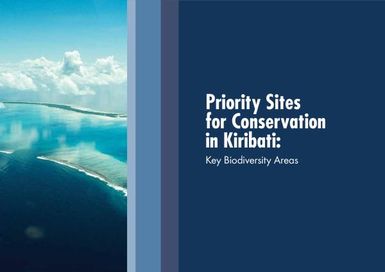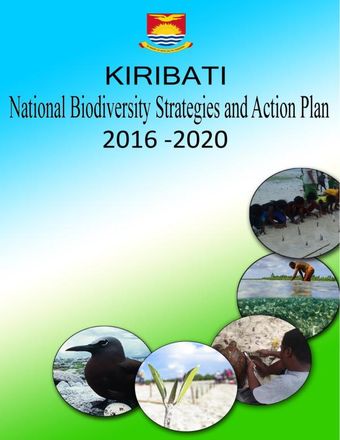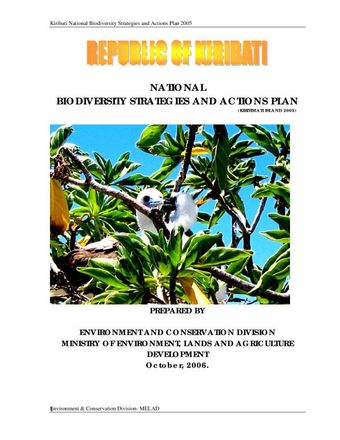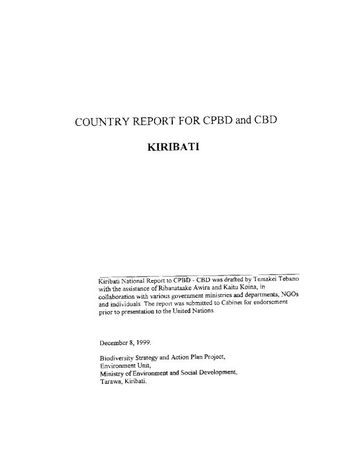Priority Sites for Conservation in Kiribati: Key Biodiversity Areas
- Description:
- In 2010, under Kiribatis Programme of Work for Protected Areas (PoWPA), a national ecological gap analysis (GA) was conducted. Its main purpose was to assess how effective the current Protected Areas (PA) network was at achieving Kiribatis National Biodiversity Strategies Action Plan (NBSAP) conservation targets, and in particular to identify priority areas for the expansion of the PA network and priority actions for improved management of existing PAs. A complementary objective was to identify the key gaps in our knowledge of the countrys biodiversity. The Secretariat of the Pacific Regional Environment Programme (SPREP) and Conservation Internationals Pacific Islands Program (CI-PIP) provided technical support to the Kiribati Ministry of Environment, Lands and Agricultural Development (MELAD) to conduct a GA of Key Biodiversity Areas (KBA areas of high biodiversity and conservation value) in Kiribati, and provided advisory support for its PA network design. The KBA approach was applied at the archipelago (Gilbert, Line and Phoenix Islands) level combining terrestrial, coastal and lagoon habitats. The KBA methodology applied here is based on an international standard methodology that focuses on worldwide threatened species. KBA sites all designated at the island level - were identified based on the presence of globally threatened species. The KBA sites (Islands) were then prioritized based on three additional criteria including the frequency of species of local concern as identified by the NBSAP, Kiribati Adaptation Plan (KAP) II mangroves, and the PoWPA phase one consultations; areas of expert concern; and a habitat metric based on habitat diversity and numerical analysis of habitat types.
- Display date:
- 2013
- Collections:
- Secretariat of the Pacific Regional Environment Programme (SPREP)
- Publisher:
- Conservation International Pacific Islands Programme, Secretariat of the Pacific Regional Environment Programme (SPREP)
- Content partner:
- Secretariat of the Pacific Regional Environment Programme (SPREP)
- Availability:
- Not specified
-
Copyright status: All rights reservedFind out more about what you are able to do with this itemThis item is all rights reserved, with means you'll have to get permission from Secretariat of the Pacific Regional Environment Programme (SPREP) before using it. For more information, please see our use and reuse page.What can I do with this item?Non-infringing useNZ copyright law does not prevent every use of a copyright work, and this item may be hosted by an international institute or organisation. You should consider what you can and cannot do with a copyright work.No sharingYou may not copy and/or share this item with others without further permission. This includes posting it on your blog, using it in a presentation, or any other public use.No modifyingYou are not allowed to adapt or remix this item into any other works.No commercial useYou may not use this item commercially.
Related items
Welcome and warm Pasifik greetings
The information on this site has been gathered from our content partners.
The names, terms, and labels that we present on the site may contain images or voices of deceased persons and may also reflect the bias, norms, and perspective of the period of time in which they were created. We accept that these may not be appropriate today.
If you have any concerns or questions about an item, please contact us.



